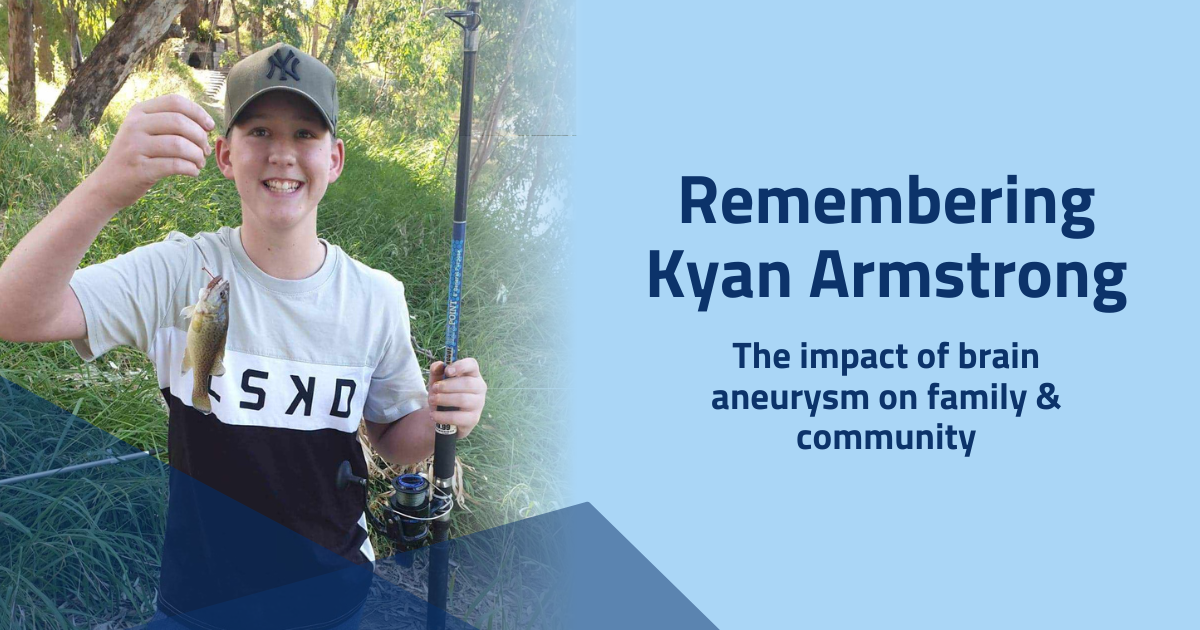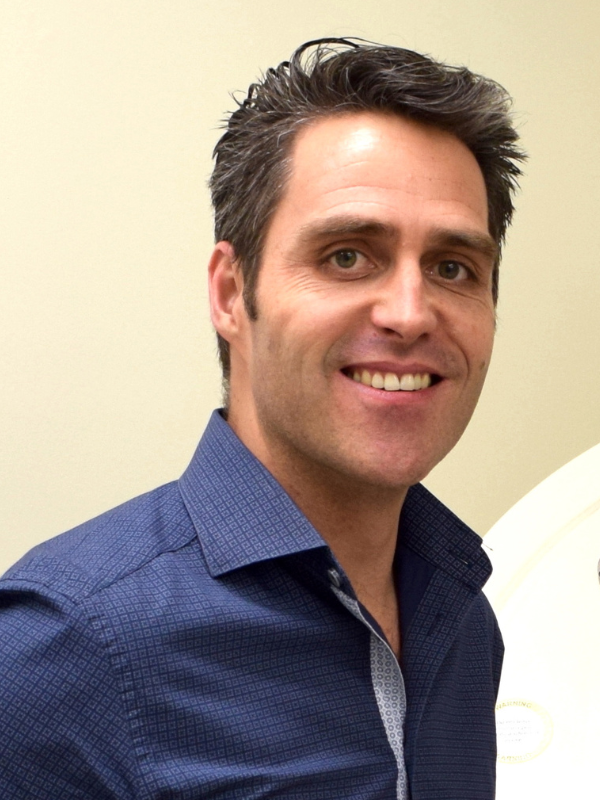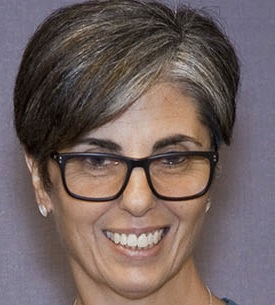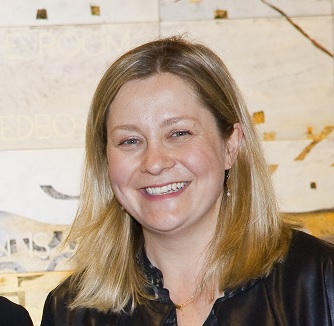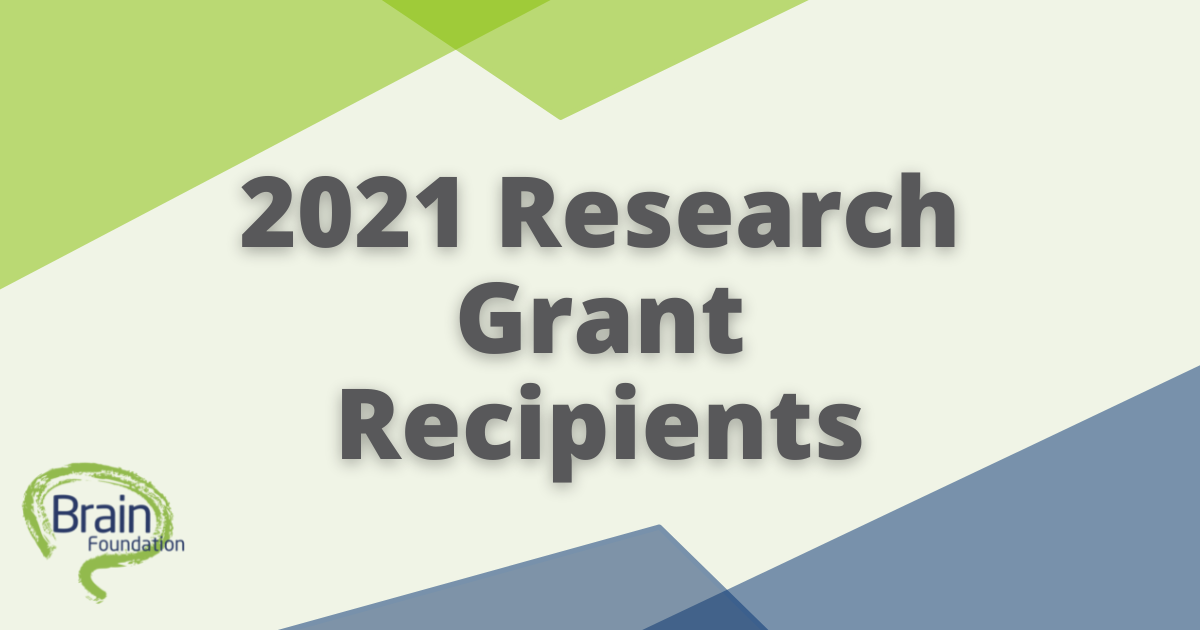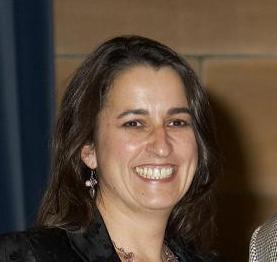
Search
26 Oct Brain Tumour incl. Acoustic Neuroma
Watch Dr Amirali Popat accept the research grant award and hear a bit about the project. Project Summary: Approximately 1900 individuals in Australia receive a diagnosis of brain cancer each...11 Dec Cerebral Palsy
...Palsy Australia General Enquiries (03) 9843 2030 www.cpaustralia.com.au National Institute of Neurological Disorders and Stroke (USA) ninds.nih.gov/Disorders/All-Disorders/Cerebral-Palsy-Information-Page Reviewed by Dr Padraic Grattan-Smith, Department of Paediatric Neurology, Sydney Children’s Hospital, Australia...11 Dec Chiari Malformation
...base of the brain may include the displacement of the lower portion of the brain (cerebellum) and/or brain stem through the opening in the back of the skull (foramen magnum)...19 Dec Meningitis
Meningitis is a rare but serious infection of the membranes that cover the brain and spinal cord. These membranes are called ‘meninges’. The infection can be caused by several types...11 Dec Subarachnoid Haemorrhage
Description Subarachnoid Haemorrhage is the sudden leaking (haemorrhage) of a blood vessel over the surface of the brain. The brain is covered by a series of membranes, one of which...19 Mar Traumatic Brain Injury
See Acquired Brain Injury...15 Jan Neuro vascular Disease Award
PROJECT SUMMARY: Arteriovenous malformations (AVMs) are congenital vascular anomalies of the brain that consist of complex connections between arteries and veins that lack the intervening capillary bed. They form a...07 Mar Remembering Kyan Armstrong
...raise awareness about aneurysm in his memory, and raise funds for aneurysm research. His uncle, Damian Armstrong, spoke to us about Kyan’s life and the impact of brain aneurysms. Brain...12 Oct MND / ALS and other Neurodegenerative Diseases
...that the hypothalamus (a part of the brain that regulates appetite) might be impacted by disease. Using emerging technologies, we will define the impact of disease on cells within brain...11 Feb Brain Tumour Award
Brain Tumour Award funded by Brian Quilty Memorial Fund, Carol & Stacey Buckley and Phyllis Edith Chard Estate Vestibular-postural responses in pre and post operative follow-up of cerebellopontine angle tumours....01 Nov ALZHEIMER’S & OTHER NEURO-DEGENERATIVE DISEASES
...brain. Despite enormous research efforts Alzheimer’s disease still not fully understood. One of the major limitations of understanding Alzheimer’s is the technical difficulty of studying the human brain. Additionally, current...07 Nov Cerebral Diseases
...of brain cell that is particularly sensitive to death following a stroke. They are the insulating cells of the brain, that wrap up the nerve cells like electrical tape thereby...07 Nov Brain Tumours
...nausea and vomiting, seizures, changes in sensation, personality and mood and venous thromboembolism, leading to further complications. Available therapies, including surgery, chemotherapy, whole-brain radiation and anti-angiogenic drugs only interrupt disease...14 Nov Parkinson’s Disease
...brain tissue. Although well-defined clinically the molecular causes of MSA has not yet been elucidated. We recently discovered that hemoglobin genes are highly expressed in the MSA brain. Hemoglobin protein...08 Dec NEURO-TRAUMA
...primary insult is irreversible, however, the secondary injury is a driven largely by the ensuing inflammation that causes further cell death in the brain and adversely affects brain function. Importantly,...16 Oct Neuro-trauma
...also identified increased STING mRNA expression in post-mortem human TBI brain samples, implicating activation of the STING pathway in the human brain after trauma. These data suggest inhibiting type-I IFN...20 Apr Brain Foundation’s response to COVID-19
As COVID-19 continues to spread throughout the world, the Brain Foundation, like all organisations in Australia, is greatly concerned with the impact on all Australians. Our thoughts are with you...19 Oct Neurodegenerative Diseases Award
PROJECT SUMMARY: Huntington’s disease (HD) is a fatal disorder involving psychiatric symptoms, dementia and uncontrollable movements. The disease is caused by a ‘genetic stutter’ in a single stretch of repeated...31 Oct Chronic Headache and Migraine
...of a biomarker of headache. Migraine is the most prevalent disabling neurological disorder and has a major impact on health resources. Prevalence of migraine is more common than asthma and...19 Jan Congratulations to our 2021 Research Grant Recipients
For over 50 years, our primary objective has been to support the highest quality Australian research into brain diseases, disorders, and injuries. The events of 2020 were an unprecedented challenge,...20 Jan Cerebral Diseases
...around the area of damage in the brain. These nerve cells take on functions of cells that were lost during the stroke. There is growing interest in producing treatments that...25 Jan Epilepsy Award
Project Summary: Mesial temporal lobe epilepsy is the most common form of adult-onset epilepsy, and patients unresponsive to drug treatments for epilepsy may require surgical removal of brain tissue to...
 The Brain Foundation is the largest, independent funder of brain and spinal injury research in Australia. We believe research is the pathway to recovery.
The Brain Foundation is the largest, independent funder of brain and spinal injury research in Australia. We believe research is the pathway to recovery.PLEASE HELP US BY DONATING TO OUR RESEARCH PROGRAM.



